Micro Finance, Self-Help Groups (SHGs) and Poverty Eradication in India
Micro finance is the provision of a diverse range of financial services and products including small loans (micro credit), saving accounts, insurance, pensions and money transfers. These are designed to assist people living in poverty who are not able to access financial services in the mainstream banking sector, because they have no collateral, formal identification or steady income. Micro finance is a movement whose objective is a world in which as many poor and near-poor households as possible have permanent access to an appropriate range of high quality financial services, including not just credit but also savings, insurance, and fund transfers. Many of those who promote micro finance believe that such access will help poor people get out of poverty. For others, micro finance is a way to promote economic development, employment and growth through the support of micro entrepreneurs and small businesses. The term micro credit, as a part of micro finance, did not exist before the 1970s. Now, it has become a buzzword among the development practitioners. In the process, the term has been imputed to mean everything to everybody. It includes agricultural/rural credit, co-operative credit, consumer credit, credit from credit unions, and from money lenders. Micro finance sector has grown rapidly over the past few decades. Nobel Laureate Muhammad Yunus is credited with laying the foundations of modern micro finance institutions (MFIs) with the establishment of Grameen Bank, Bangladesh in 1976. Today, it has evolved into a vibrant industry exhibiting a variety of business models. In India, National Bank for Agriculture and Rural Development (NABARD) took up this idea and started micro finance operations in the early 1990s. India has adopted a multi-agency approach for the development of its micro finance programme. All the major credit institutions, viz. commercial banks, co-operative banks, regional rural banks (RRBs) along with non-governmental organisations (NGOs) have been associated with the micro finance programme. The role of the delivering agents and their interface with the needy has led to alternative models of micro finance. Several factors have led to increased interest in micro credit in promoting growth with greater equity. There is increasing recognition of the importance of empowering all people by increasing their access to all the factors of production, including credit. Several micro finance institutions have succeeded in reaching the poorest of the poor by devising innovative strategies. These include the provision of small loans to poor people - especially in rural areas, at low interest rates, without collateral - that are repayable in frequent instalments. Above all, many micro credit programmes have targeted one of the most vulnerable groups in society, i.e. women who live in households that own little or no assets. By providing opportunities for self-employment, many studies have concluded that these programmes have significantly increased women's security, autonomy, self-confidence and status within the household.
Get it now and save 10%
BECOME A MEMBER

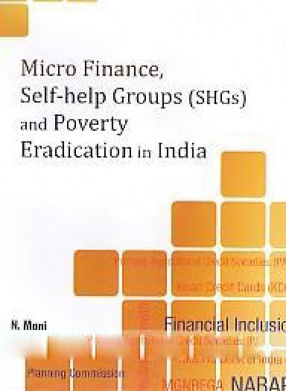
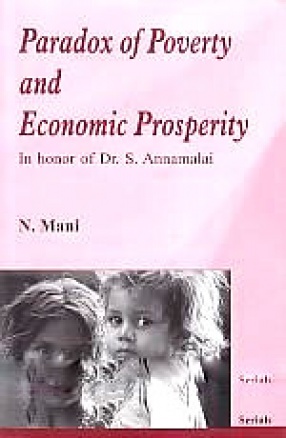
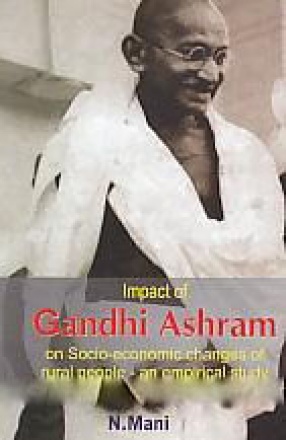



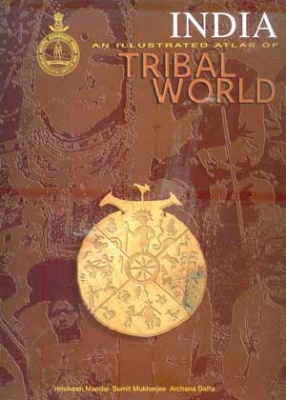
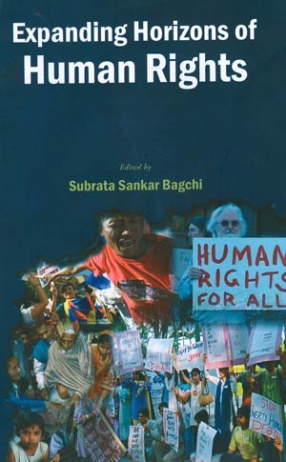
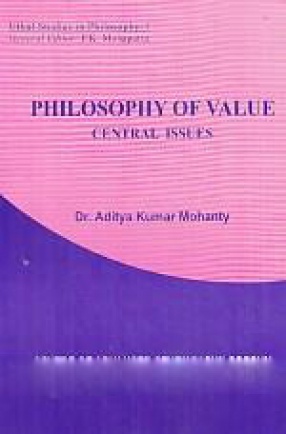

Bibliographic information